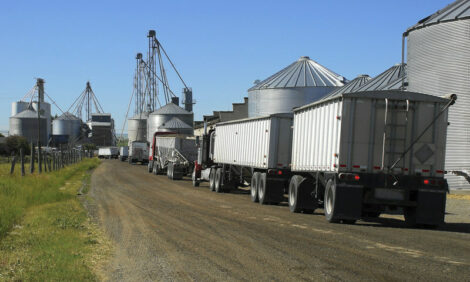



Genome of Highly Endangered Pygmy Hog Sequenced
NETHERLANDS and INDIA - Within an unique collaboration between the Animal Breeding and Genomic Centre of Wageningen UR and The Pygmy Hog Conservation Programme in India, the genomes of six individuals of this highly endangered wild pig species have been sequenced.With this information breeding practices to maintain this unique animal can be improved and provide the pygmy hog with a better future.
In the past years the genomes of different strains of wild and domestic pigs were sequenced. The information was used to show that the pig was domesticated independently in Asia and Europe and gives more insight in the evolution of pigs.
The pygmy hog (Porcula salvania) is a species of the wild pigs and one of the rarest extent Suids.
This small hog, barely 25-30 cm high and weighing up to 9kg, originally inhabited the grasslands of the foothill plain south of the Himalayas but is now only restricted to a few areas.
So far, very little was known about the taxonomy and the biology of this enigmatic species. Previous mitochondrial DNA analyses indicated it to be a basal species of the genus Sus (family to which pigs belong), which we now confirm based on the genome sequences.
Efforts for conserving the pygmy hog started in 1995 with the creation of a successful conservation breeding program in Basistha in Assam and since its establishment the Pygmy Hog Conservation Program (PHCP) has released already more than 80 pygmy hog in the grassland of Assam.
Sequencing was done at SciGenom Laboratories in Chennai, India. The result of the collaboration between ABGC and PHCP was that the genome sequence of six individuals of this species, three from the wild and three derived from the PHCP, got available for research.
This is not only of importance for the evolutionary studies, but also provides valuable insight in the degree of variation and inbreeding of the species. Such information is of great value to improve the ongoing breeding practices and predict the effect on fitness for the pygmy hog populations in the future.








